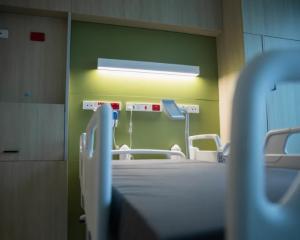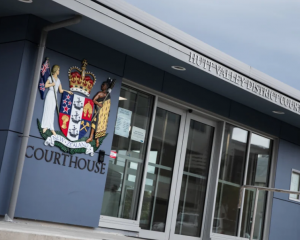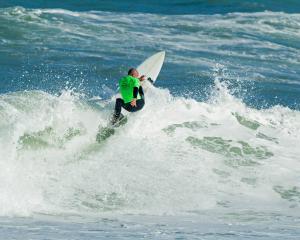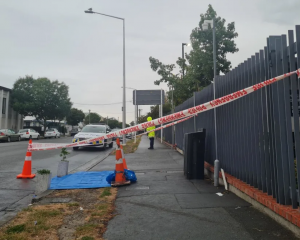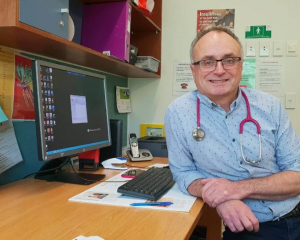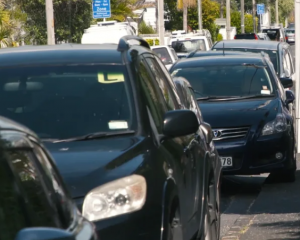The high price of gold appears to have sparked a new rush to mine West Coast alluvial deposits and angst in one community over pollution and noise.
About 20 concerned residents of Ruatapu, 12km southwest of Hokitika, have formed an association to oppose plans by Ruatapu sawmill operator Westco Lagan to join the hunt for alluvial gold at the back of the mill and township next year.
But Westco Lagan's intention to mine five hectares of its waste ground is dwarfed by another mining application currently before Crown Minerals.
Christchurch Company Roberts Mining is seeking an exploration permit for about 750ha between Ruatapu and the Hokitika River, including a small part of the foreshore of Lake Mahinapua.
Gold is now fetching about $NZ1500 an ounce and figures supplied by Crown Minerals to the Greymouth Star show a total of 43 mining permits were issued in 2009 plus 35 exploration and 10 prospecting permits on the West Coast. The comparative figures for 2008 were just 10, 12 and six.
With 61 mining permits issued nationwide, over two thirds of New Zealand's gold mining was on the West Coast last year and John Wood of Hokitika consultancy company Gold and Green Resources said the industry was continuing to grow.
Mr Wood said his company was fielding about three time as many inquiries as usual.
There were newcomers to the industry like Wesco Lagan but most applicants were existing operators or companies that were resurrecting their gold mining activities.
"It's fair to say the high price of gold has created a surge of interest which wanes a little when the price drops but it's the busiest we have been for a long time."
The increase has created opportunities for other industries like Equip Engineering which is producing five new gold screens and has orders for two more.
Company director Peter Haddock said staff were also busy maintaining existing screens.
"I don't think it's properly appreciated just how much the mining industry contributes to the West Coast economy, it's a huge, huge amount."
But the newly formed Ruatapu Residents Association have vowed to stop the mine proposed for their back doorsteps.
Association chairman Gary Walls said noise levels could reach 105 decibels for some mine machines, when the current noise level restriction for the sawmill site was 55db.
"Noise at this level, even with a bund, would mean OSH regulations would require us to wear ear protection in our homes," Mr Walls said.
"Dust is currently a problem for us and will only get worse with a mining operation, as will vibration."
Land slumping, property devaluation and the loss of nearby native bush were also concerns, along with possible contamination of the surrounding land.
The Ruatapu sawmill lies directly over the top of, and adjacent to, areas that were mined for gold in the late 1890s and early 1900s.
Director Dean Sweetman said in the application that mining had previously been considered uneconomical but the high price of gold now made it viable.
"Westco Lagan considers that a diversification in it operations on the site will allow continued positive economic performance through the current downturn, with retention of jobs and continued contribution to the local and regional economy."
The company was awarded a 10-year permit from Crown Minerals in February last year. The permit stipulates that mining must commence by February 2011.
Green MP Kevin Hague, who is supporting the Ruatapu residents group, says on his blog site that the timber milling industry used to make extensive use of some "very nasty chemicals", such as PCPs (penta chloro phenols).
Last year, the regional council found concentrations of PCP in the dredge pond, from which discharge from the timber dipping shed seemed to flow, to be more than 100 times the safe level. Soil testing in the mid-1990s found PCP contamination around the mill site.
"All of this raises some issues for me about whether this is a safe place for people to live, especially since the village's drinking water (and that for the DOC camping ground at Lake Mahinapua) are drawn from the aquifer below the mill and village.
"But whether or not the town is currently safe to live in (and I have asked the Medical Officer of Health to investigate this), what is certain is that an alluvial gold mine will make things much, much worse.
"The nature of alluvial mining is that soil is dug up and turned over into large piles. Wind blows across these, dispersing PCPs far and wide."

